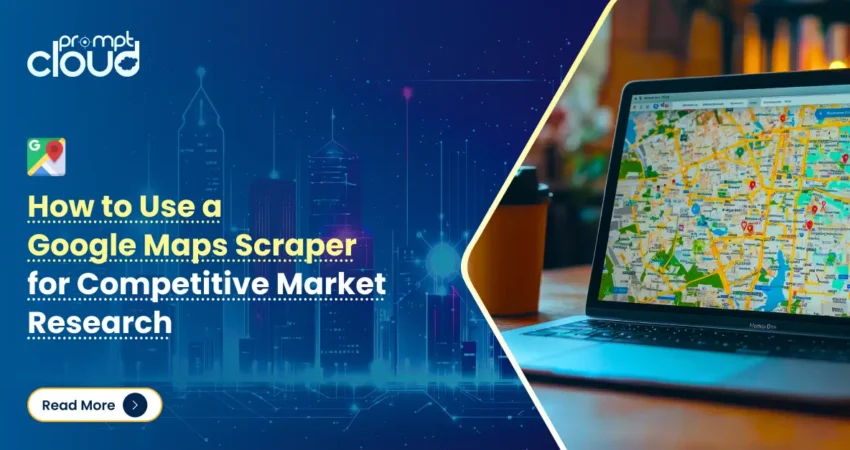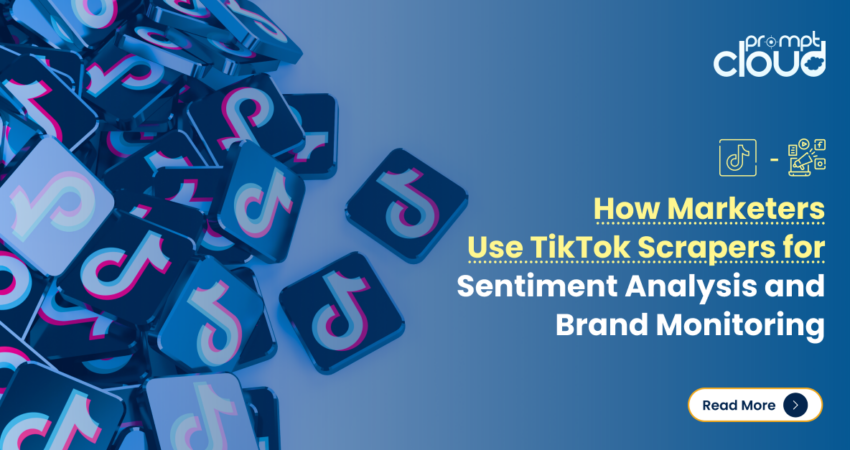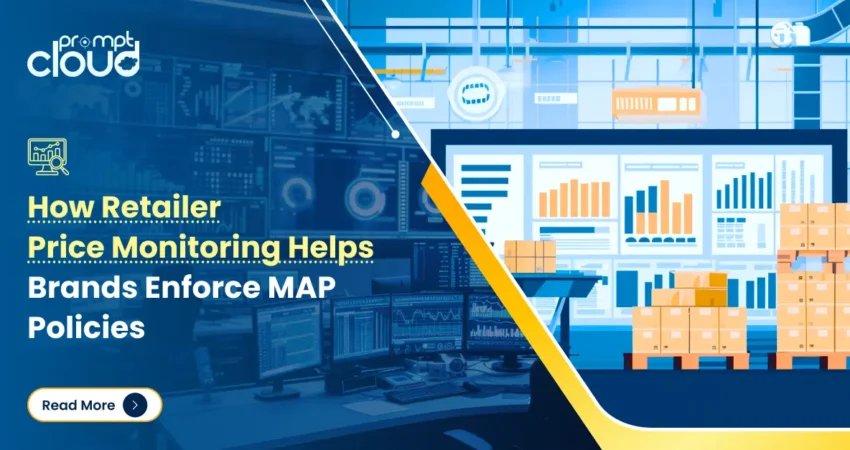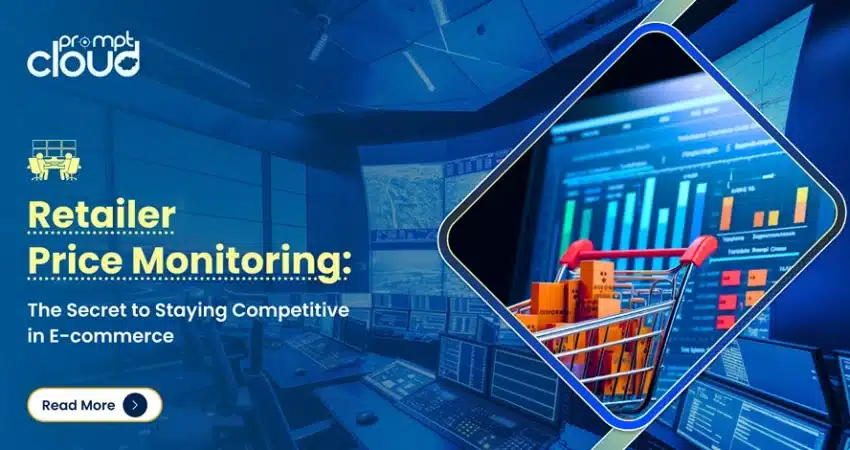How Direct-to-Consumer (DTC) Brands Leverage Web Scraping for Trend Analysis
Managing a Direct-to-Consumer (DTC) brand entails more than just selling products. It involves knowing exactly what customers need and how to track market changes while keeping competition in check. In an aim to sustain profitability and growth with a competitive price, how then do DTC brands stay ahead in notoriously unpredictable markets? Brands now using […]
Read MoreHow to Use a Google Maps Scraper for Competitive Market Research
Think Google Maps is just for finding the nearest coffee shop? Think again. Beyond directions and traffic updates, it’s one of the world’s largest business directories, packed with data on millions of companies across industries. Over 1 billion people use Google Maps to find service providers and local eateries monthly. Any search query entered can […]
Read MoreHow Marketers Use TikTok Scrapers for Sentiment Analysis and Brand Monitoring
The platform has evolved into more than just a social space dominated by dance challenges; with over 1.5 billion active users, TikTok influences consumer opinions, trends, buying behaviors, and brand interactions across industries, encapsulating public sentiment along the way. Marketers trying to make sense of the multitude of videos and comments uploaded daily find it […]
Read MoreHow Retailer Price Monitoring Helps Brands Enforce MAP Policies
Think of yourself as a seller of high-end electronics. You’ve set your Minimum Advertised Price (MAP) so that it is sustainable for you and captures the value of your product. Then, all of a sudden, a handful of retailers begin advertising your product at significantly lower prices than what is acceptable in the market to […]
Read MoreHow Image Scraping Helps Improve Deep Learning Models for Object Recognition
Deep learning models have significantly improved accuracy in object recognition. A “machine” can now identify and categorize images with astonishing precision. Nevertheless, these models only perform exceptionally well given one factor—data. In the absence of high-quality, data-rich, diverse, and well-categorized image datasets, even the most sophisticated deep learning models will falter at achieving accuracy. This […]
Read MoreTracking Industry-Specific Search Trends Using Web Crawlers
Analyzing search behavior highlights changes in preferences, product demand, and overall market activity. Notably, 68% of all online activities start with a search engine, hence, the data available from searches is invaluable for business intelligence purposes. (Source: BrightEdge) Historically, businesses have relied on SEO analytics and keyword-tracking tools to monitor broader market search behaviors. These […]
Read MoreRetailer Price Monitoring: The Secret to Staying Competitive in E-commerce
E-commerce is more competitive than ever. With a few clicks, shoppers can compare prices across various retailers, and a marginal difference could be enough to lose customers to a competitor. To online retailers, keeping up with altering prices feels like chasing a shifting aim. This is where an ecommerce price monitoring tool becomes beneficial. A […]
Read MoreHow Businesses Leverage Web Scraping for Large-Scale Data Aggregation
Data is an integral part of a business’s functioning, as it gives it direction and assists heavily in making decisions. Overall data can be found in many places such as websites, internal databases, and APIs, but to make use of it or simplify it for action, it needs to go through an orderly arrangement or […]
Read MoreThe Role of Big Data in Location-Based Analytics: Challenges & Opportunities
The importance of analytics influenced by geographic phenomena has advanced tremendously due to developments in location-based analytics. This is valuable for construction developers creating more modern frameworks, for advanced tech start-ups, as well as for real estate analysts estimating the value of residential and commercial properties. The reason behind this growth is best described by […]
Read MoreSocial Listening and Sentiment Analysis for Quick Commerce: Tracking Emerging Trends
The shopping habits of consumers have been disrupted multifold due to the emergence of Quick commerce, or Q-commerce. The brand’s focus now changes from providing good services to providing services promptly. With such rapid innovations, day-by-day market analysis services become outdated and businesses require real-time services. This is where sentiment analysis data and social listening […]
Read More





















